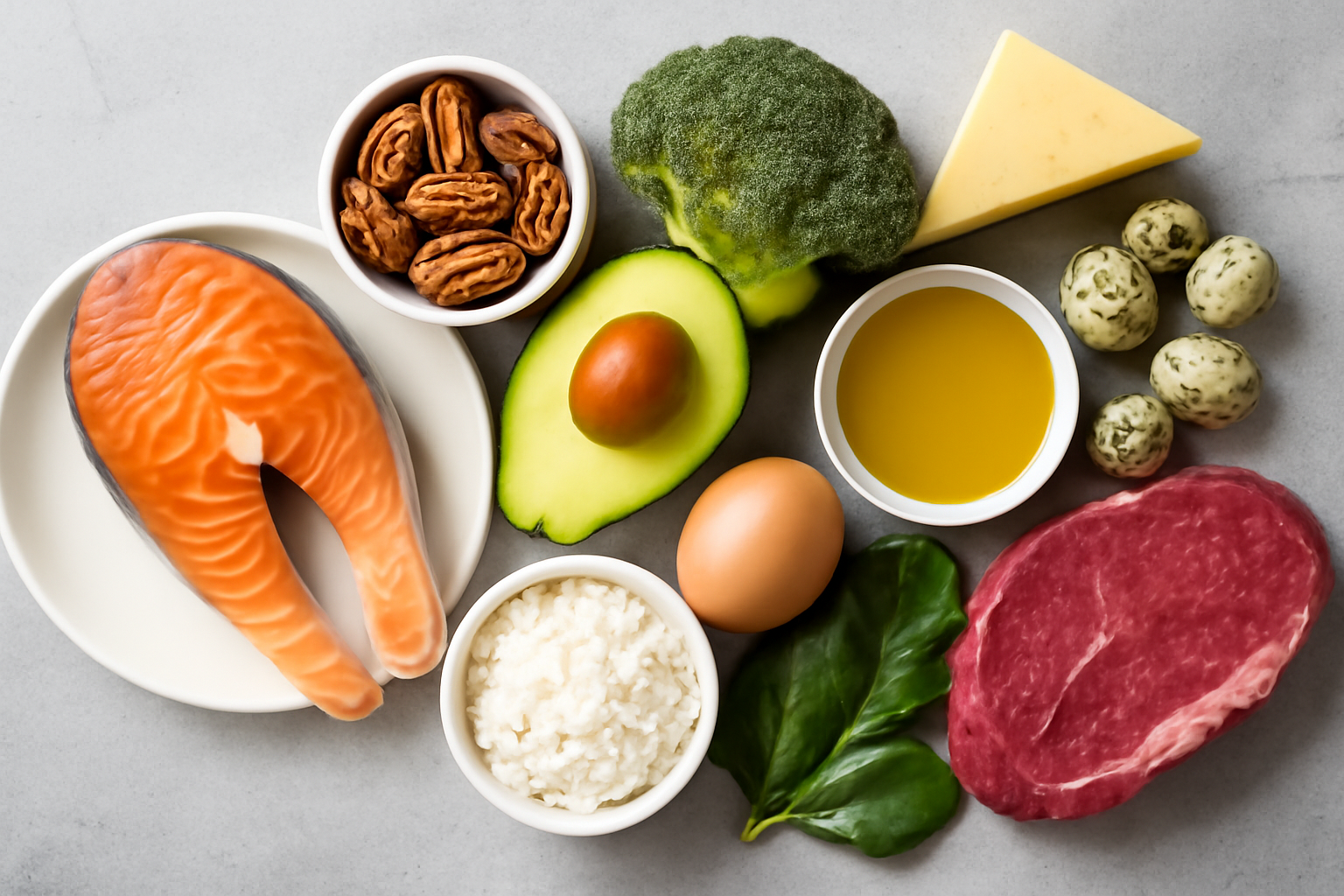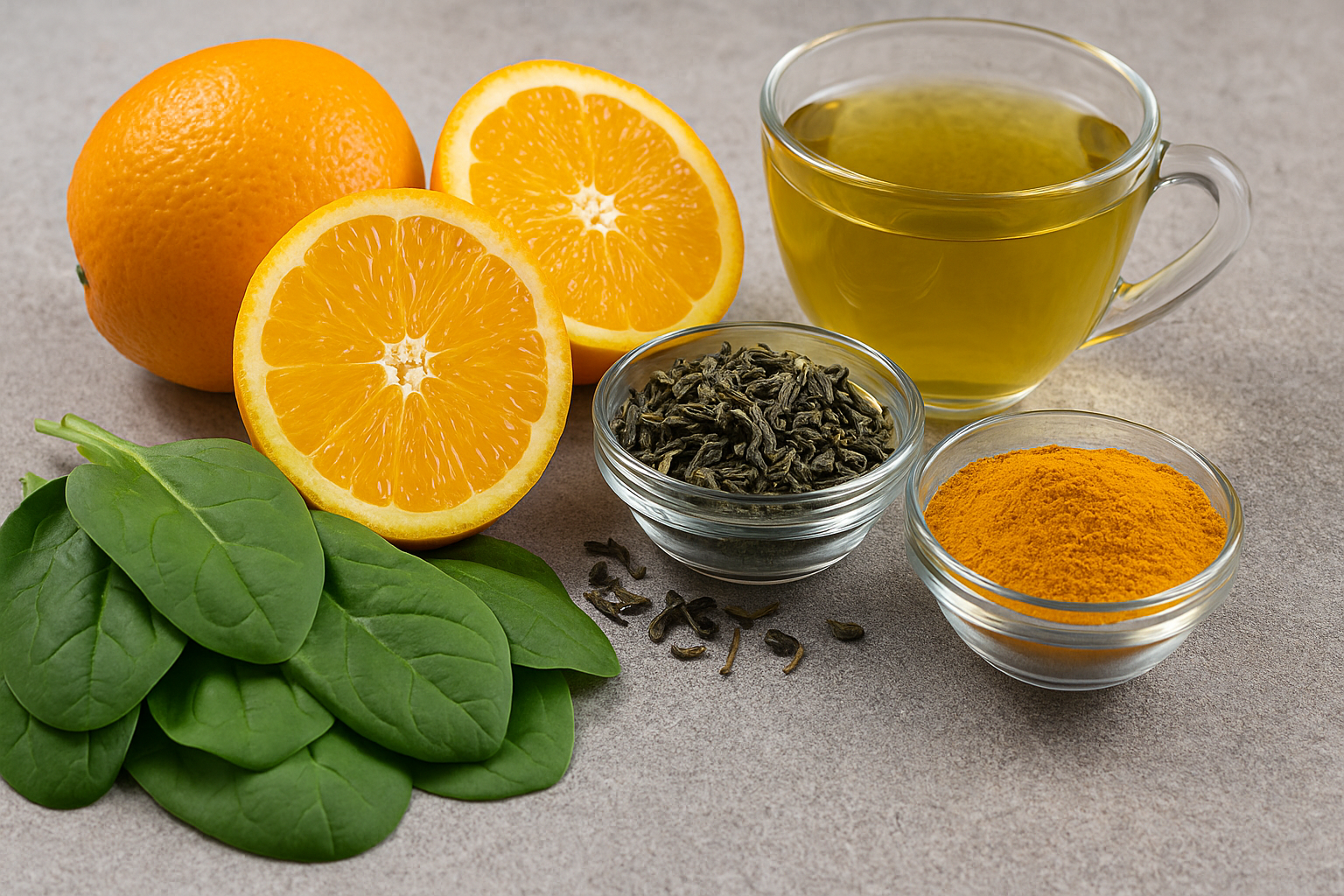The Keto Diet: A Beginner’s Guide to Low-Carb Eating
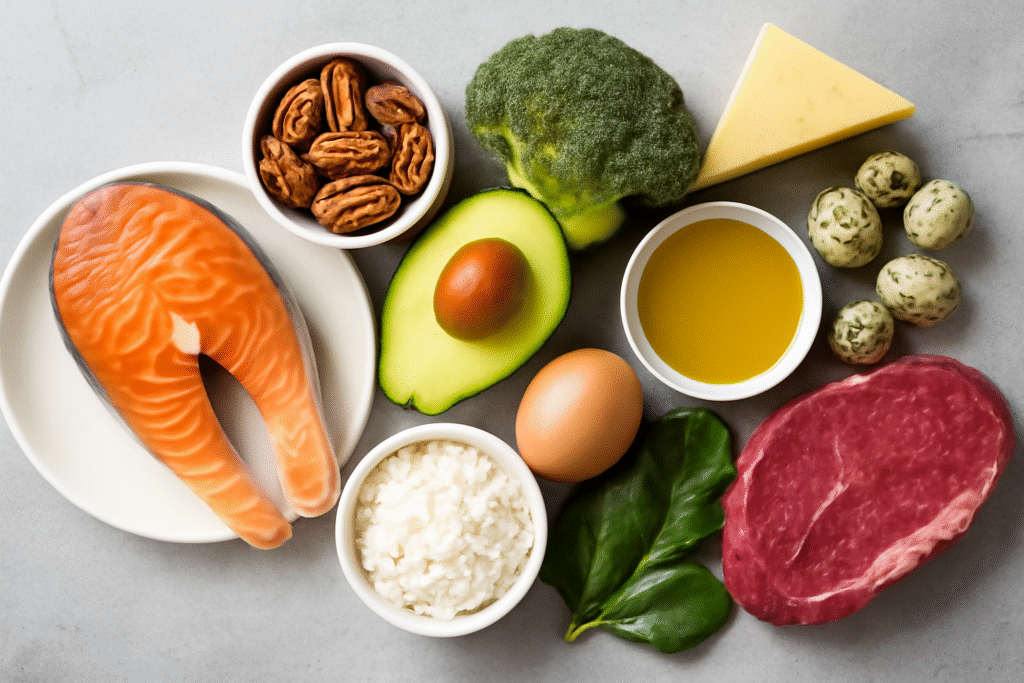
The Keto Diet: A Beginner’s Guide to Low-Carb Eating
The ketogenic (keto) diet has gained significant attention over the past few years for its potential health benefits, particularly in weight loss and improving overall health. If you’re considering trying the keto diet or simply want to learn more about it, this guide will help you understand the basics and get started on your journey toward a healthier lifestyle.
What is the Keto Diet?
The keto diet is a low-carbohydrate, high-fat diet that shifts your body’s metabolism from relying on glucose (from carbs) to using fat as its primary energy source. This metabolic state is known as ketosis. The diet typically involves consuming around 70-80% of calories from fat, 20-25% from protein, and 5-10% from carbohydrates.
By drastically reducing carbohydrate intake, your body starts to burn fat for fuel, which can lead to fat loss and improved energy levels. Keto proponents also claim other health benefits, including better mental clarity, enhanced focus, and improved blood sugar levels.
Key Components of the Keto Diet
To follow the keto diet successfully, it’s essential to understand the macronutrient breakdown and what foods to prioritize:
- Key Components of the Keto Diet
To follow the keto diet successfully, it’s essential to understand the macronutrient breakdown and what foods to prioritize:
Healthy fats are essential to the keto diet, serving as its foundation.
- Avocados
- Olive oil
- Coconut oil
- Fatty fish (salmon, mackerel)
- Nuts and seeds
- Butter and ghee
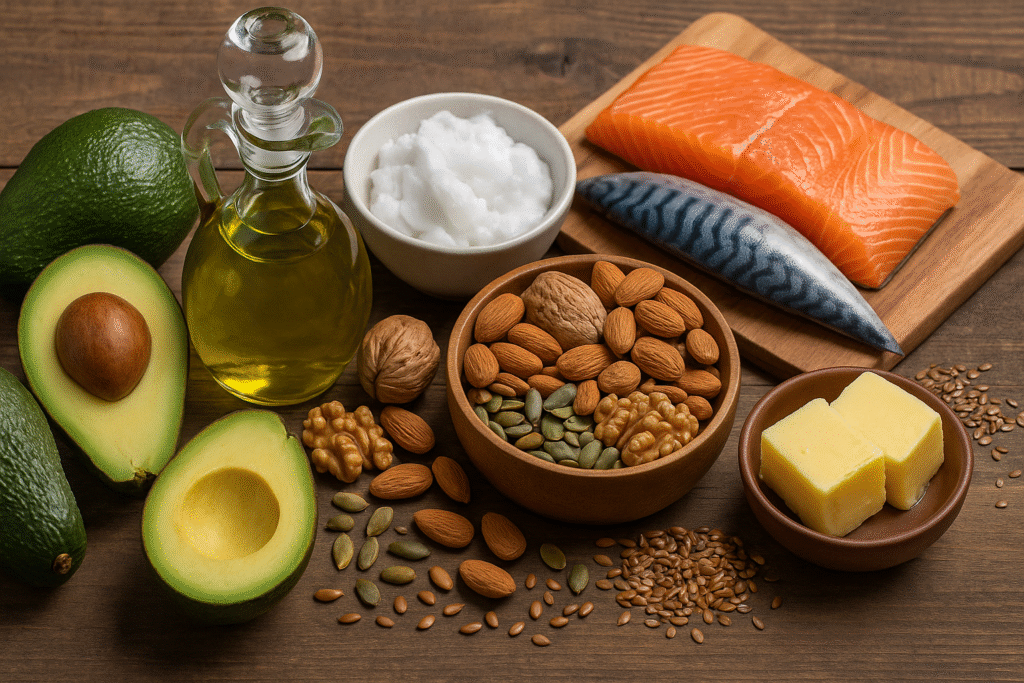
Protein: Protein helps maintain muscle mass while on the keto diet. However, too much protein can interfere with ketosis, so it’s important to moderate your intake. Good sources of protein include:
- Eggs
- Poultry (chicken, turkey)
- Meat (beef, pork)
- Seafood (fish, shrimp)
- Tofu and tempeh (for vegetarians)
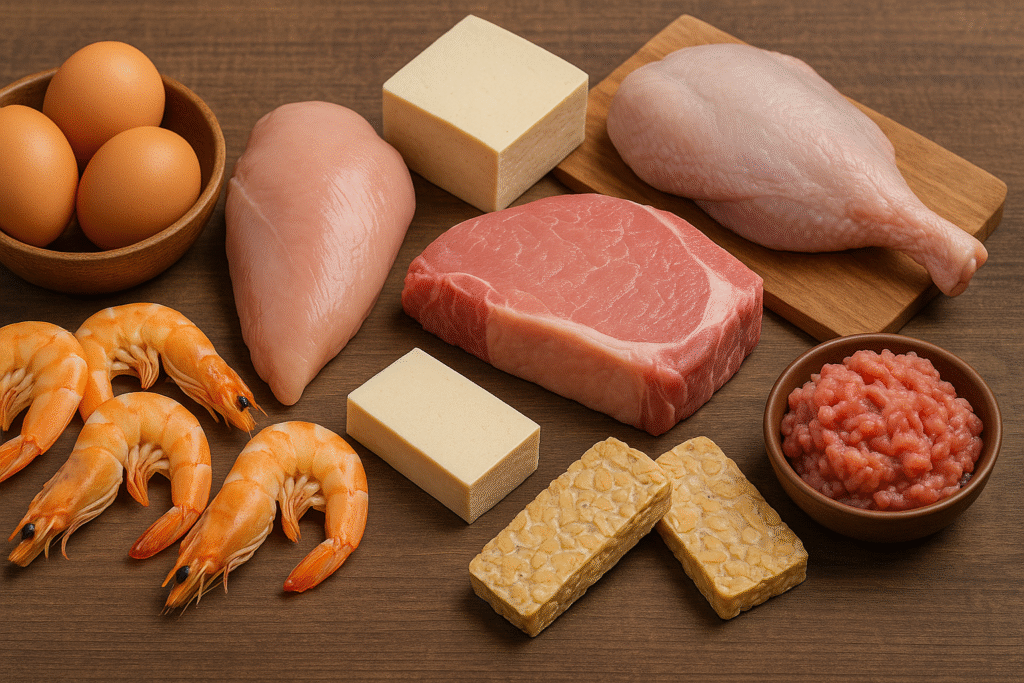
Low-Carb Vegetables: Vegetables are an essential part of the keto diet, but it’s crucial to stick to those that are low in carbs. These include:
- Leafy greens (spinach, kale, lettuce)
- Cruciferous vegetables (broccoli, cauliflower)
- Zucchini, cucumbers, and bell peppers
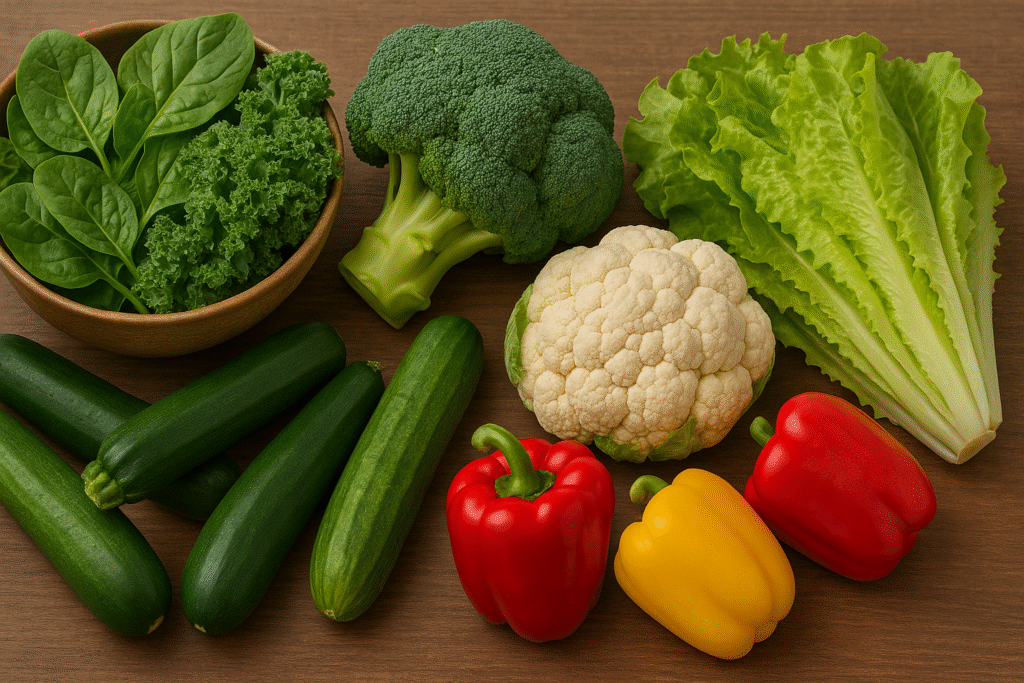
Full-fat dairy products are commonly recommended when following the keto diet. Some popular choices are:
- Cheese
- Heavy cream
- Full-fat yogurt (unsweetened)
- Butter
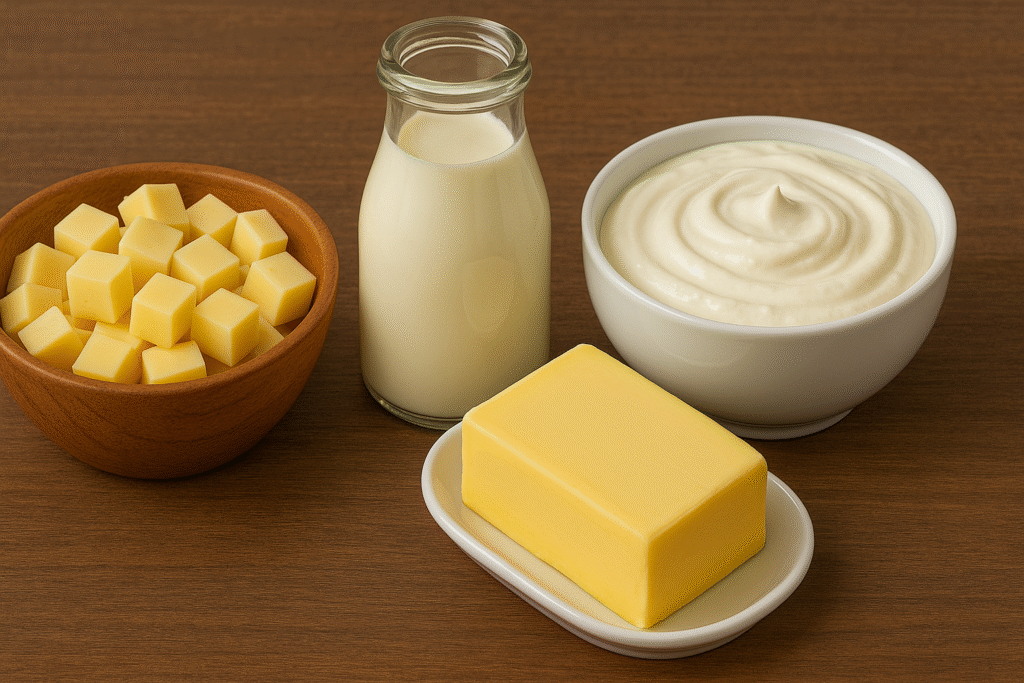
Staying hydrated is crucial on the keto diet, as the body releases more water and electrolytes during ketosis. Drink plenty of:
- Water
- Herbal teas
- Coffee (without sugar or high-carb milk)
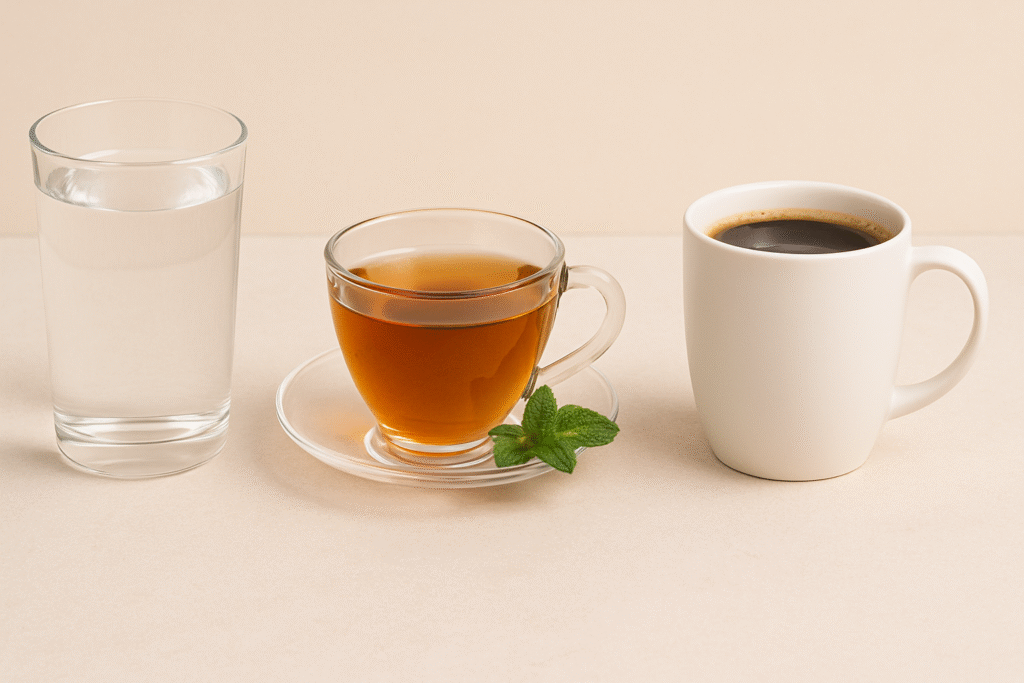
Foods to Avoid on the Keto Diet
Since the keto diet is low in carbs, certain foods need to be avoided or limited:
- High-carb fruits: Bananas, grapes, apples, oranges
- Starches: Bread, pasta, rice, potatoes
- Sweets: Sugar, candy, pastries, and sugary drinks
- Packaged snacks, sugary bars, and foods with high-fructose corn syrup should be avoided.
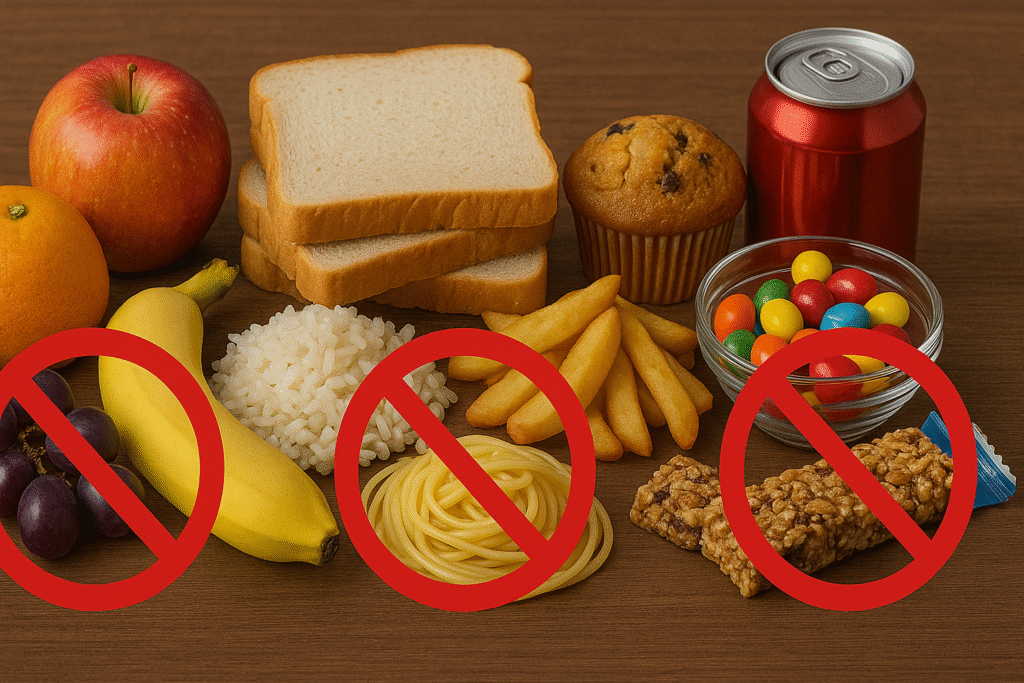
Benefits of the Keto Diet
- Weight Loss: One of the most popular reasons people try the keto diet is for weight loss. Since ketosis uses fat for energy, the body burns stored fat more efficiently.
- Many people on the keto diet experience enhanced focus and mental clarity. This is likely due to the brain using ketones as an alternative energy source instead of glucose.
- Stabilized Blood Sugar: By limiting carb intake, the keto diet can help control blood sugar levels, which is particularly beneficial for individuals with type 2 diabetes.
- Increased Energy: Many people experience more sustained energy throughout the day on a keto diet because fat is a more stable source of energy than carbohydrates.
Tips for Getting Started with the Keto Diet
- Ease Into It: If you’re new to the keto diet, it might be helpful to transition gradually by reducing carbs over a few days or weeks instead of going cold turkey.
- Track Your Macros: Use a food diary or an app to keep track of your fat, protein, and carbohydrate intake. This will help you stay aligned with your keto objectives.
- Stay Hydrated: Drink plenty of water to help your body adjust to the increased fat intake. You might also want to supplement with electrolytes if you experience symptoms like cramps or headaches.
- Prepare for the “Keto Flu”: As your body transitions to burning fat for energy, you might experience symptoms like fatigue, headaches, and irritability. This is known as the “keto flu” and is temporary. Staying hydrated and getting enough electrolytes can help minimize symptoms.
- Meal Prep: Plan and prepare your meals ahead of time to avoid temptation and ensure you’re eating the right kinds of foods. Stock your pantry with keto-friendly ingredients and keep low-carb snacks on hand.
Common Mistakes to Avoid
- Not Getting Enough Fat: The keto diet is based on consuming high-fat foods. If you’re not eating enough fat, your body might not enter ketosis.
- Overeating Protein: While protein is important, too much can interfere with ketosis. Stick to moderate amounts of protein.
- Not Staying Hydrated: Because your body excretes more water on keto, it’s crucial to drink enough fluids throughout the day.
- Many packaged foods marketed as ‘keto-friendly’ may contain hidden sugars or artificial ingredients. It’s best to focus on whole, natural foods for long-term success.

